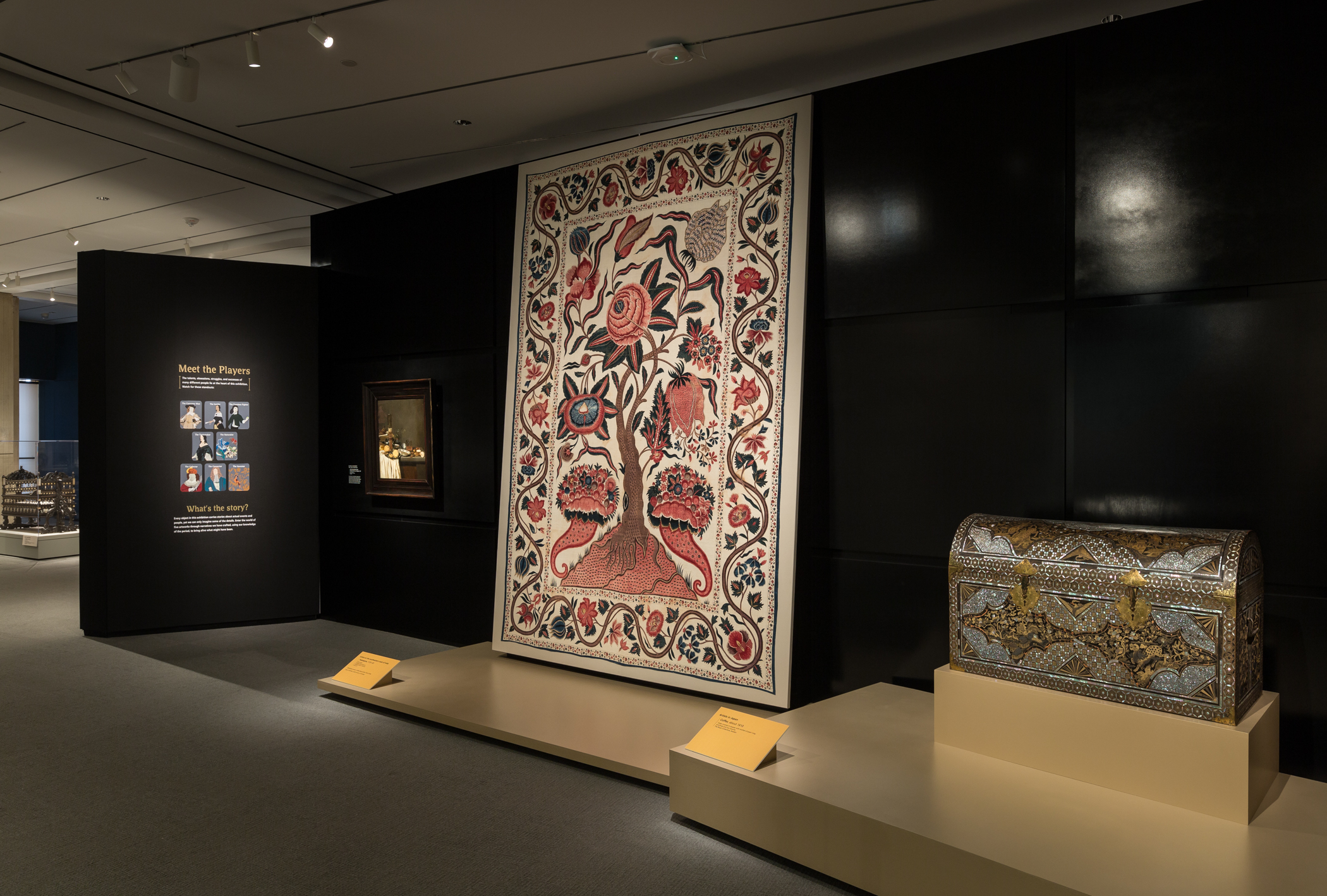I. Boston and Salem, Mass.
by Kanishk Tharoor

View of “Asia in Amsterdam.” Peabody Essex Museum, Salem, Mass. 2016. Courtesy the museum. Photo: Allison White.
Most human beings live in a corner of Asia. Draw a circle on a map of the world, stretching from Pakistan in the west to Japan in the east and from Mongolia in the north to Java in the south. You will have encircled only about a tenth of the planet, and yet inside that boundary lives more than half of the global population.
The people who inhabit this circle will determine the course of the 21st century. This is not triumphalism, but math. Asians’ spiraling need for goods is already transforming economies in Africa, Latin America, and the Antipodes. Their steep rates of growth bedevil climate change negotiations. Their popular culture floods digital streams around the world. Their deepening pockets tilt the balance of the international art market. Their languages swell in popularity in the schools and universities of the west. Though Barack Obama has been distracted from his much-vaunted “pivot” by persistent conflict in the Middle East, Asia promises to be the main arena of global diplomatic and military strategy in coming decades. Nowhere is the future of liberal democracy more in the balance than in Asian societies from Iran to Malaysia, where the imperatives of economic growth and social “stability” war with demands for political freedom.
The symbol and site of these epochal transformations is the megacity, or newly swelled metropolises with populations over ten million — or so argues “Megacities Asia,” an exhibition of 11 artists from China, South Korea and India at the Museum of Fine Arts in Boston.
The full article appears in Even no. 4, published in summer 2016.